Body Basics, Sex, & Reproduction
It’s important to know which body parts do what and how pregnancy happens. Here’s a review of the basics.
Female* Sex & Reproductive Organs
*Although people with vaginas & vulvas are most often assigned female at birth, it’s important to recognize that not all people with these internal/external genitalia identify as female. Use more inclusive language such as “people with vaginas” and “people with vulvas” when talking about internal/external genitalia.
External
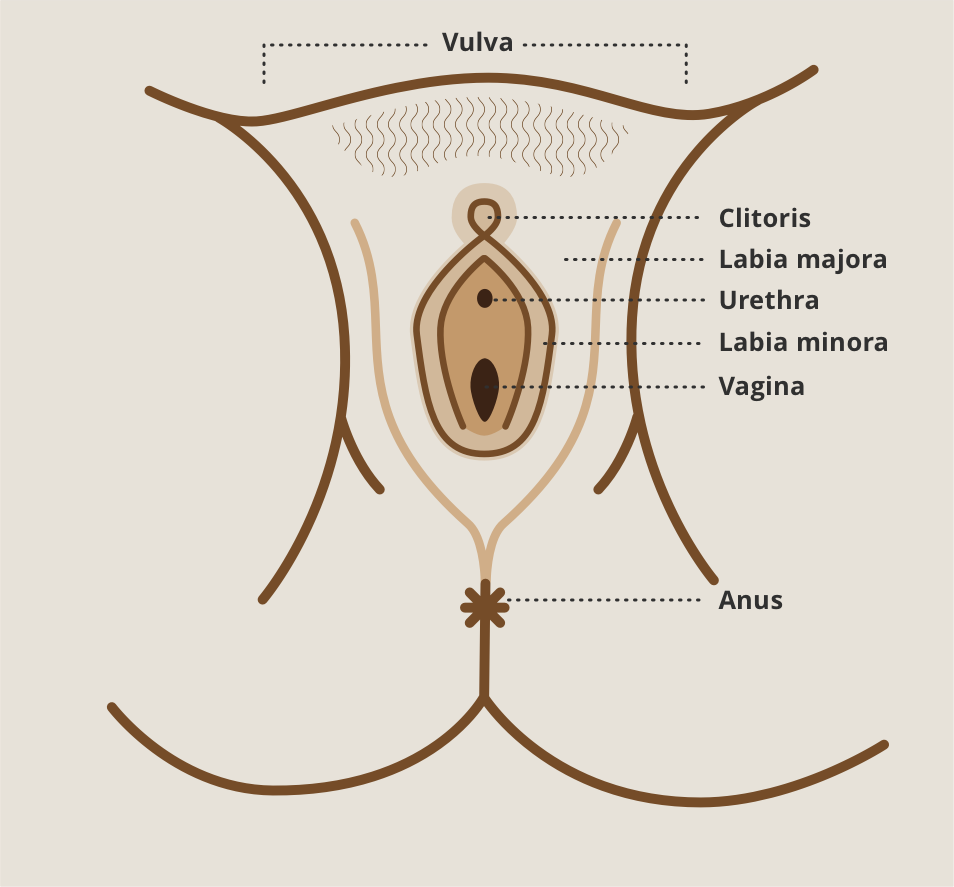
Vulva: Includes all of the external female* sex organs. Many people just refer to the vulva collectively as “vagina,” but it is many different body parts including the labia majora, labia minora, clitoris, urethra, and vagina.
Pubic hair: During puberty, you might start growing hair around your vulva and anus. It is completely normal to grow pubic hair and the amount of pubic hair someone has is different for everyone. It isn’t necessary to remove pubic hair and it’s important to be careful if you choose to remove pubic hair.
Clitoris: A small, very sensitive part of the female* genitals located at the top of the labia minora. For some people, stimulating the clitoris is the best way for them to have an orgasm.
Labia majora: Literally means “large lips.” These enclose and protect the other external reproductive organs.
Urethra: Located below the clitoris. This is where pee comes out.
Labia minora: Literally means “small lips.” Located just inside the labia majora, they surround the openings to the vagina and urethra and come in different shapes and sizes.
Vagina: The vagina is the passage between the uterus (where babies grow) and the outside of the body. Most of the vagina is not actually seen—it’s inside the body and leads all the way up to the cervix (the bottom part of uterus). Only the opening can be seen from the outside. The vagina is where blood comes out during menstruation (a period), where a baby comes out, and where a penis enters during “vaginal sex.”
Discharge, a non-bloody fluid that is clear, white or pale yellow, often comes from the vagina, and is a healthy and normal way for the vagina to clean itself and provide lubrication. If discharge is thick, chunky, or a different color, then it is important to talk with your primary care provider. It is not recommended to “douche,” which refers to the washing or cleaning out the vagina with water or other fluids. Douching can lead to many health problems.
Anus: The opening through which solid waste (poop) exits the body.
Everyone’s vulva and vagina are unique. They may look different from someone else’s, and that’s okay. There is no “right way” they’re supposed to look. If you’re really worried, or experiencing any kind of pain, you might want to see a healthcare provider to check it out.
Internal
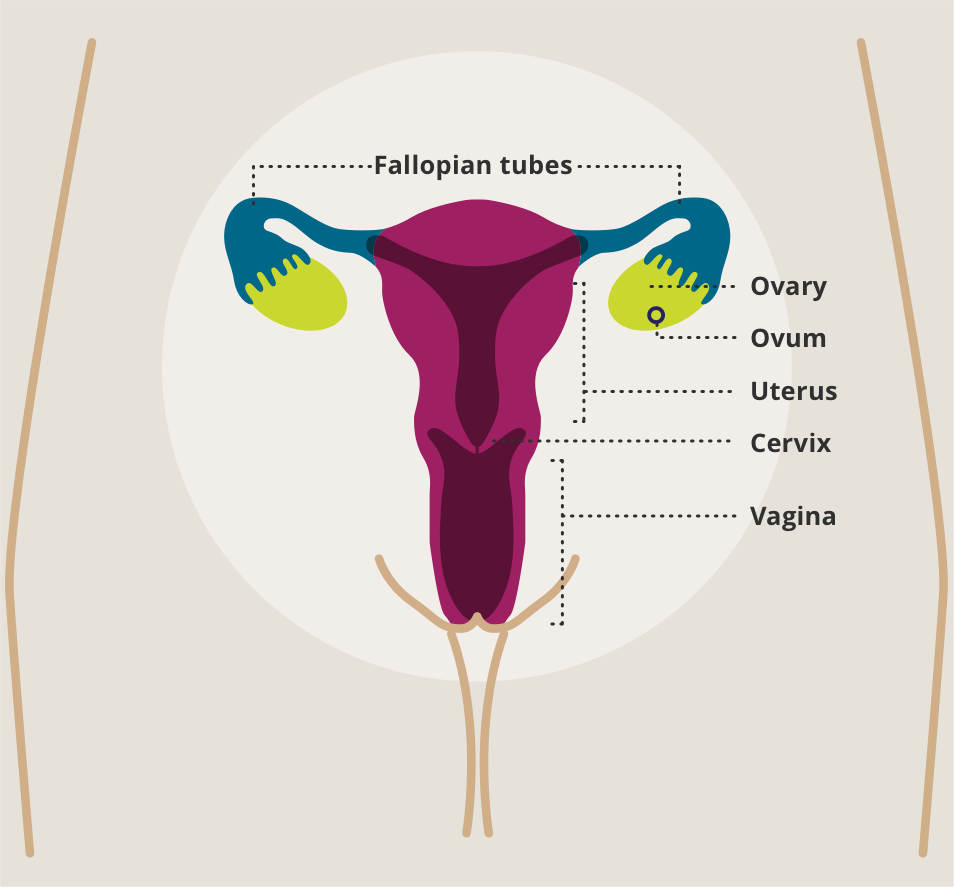
Fallopian tubes: Tubes that are attached to the upper part of the uterus. Most common location where egg and sperm meet (fertilization).
Ovary: Where eggs are released from during ovulation.
Ovum: Literally means “egg.” When an egg meets a sperm, fertilization can happen.
Uterus: The uterus is a hollow, pear-shaped organ that becomes the home to a developing pregnancy. Each month, tissue grows on the inner walls of the uterus. If pregnancy does not occur, the uterus will shed this tissue during menstruation (or period).
Cervix: The lower part of the uterus with a small opening into the vagina. This is where gonorrhea and chlamydia infections start and can be tested for with a swab (may also be tested from urine). Starting at age 21, cervical cells are collected during a cancer screening test called a pap smear, and, when testing for HPV (a virus that can cause certain cancers, learn more about the HPV vaccine here). These cancer screenings are different than gonorrhea and chlamydia testing—always ask to make sure you understand what test is being done.
Vagina: The passage that joins the lower part of the uterus to the outside of the body.
Male* Sex & Reproductive Organs
*Although people with penises are most often assigned male at birth, it’s important to recognize that not all people with these internal/external genitalia identify as male. Use more inclusive language such as “people with penises” when talking about internal/external genitalia.
External
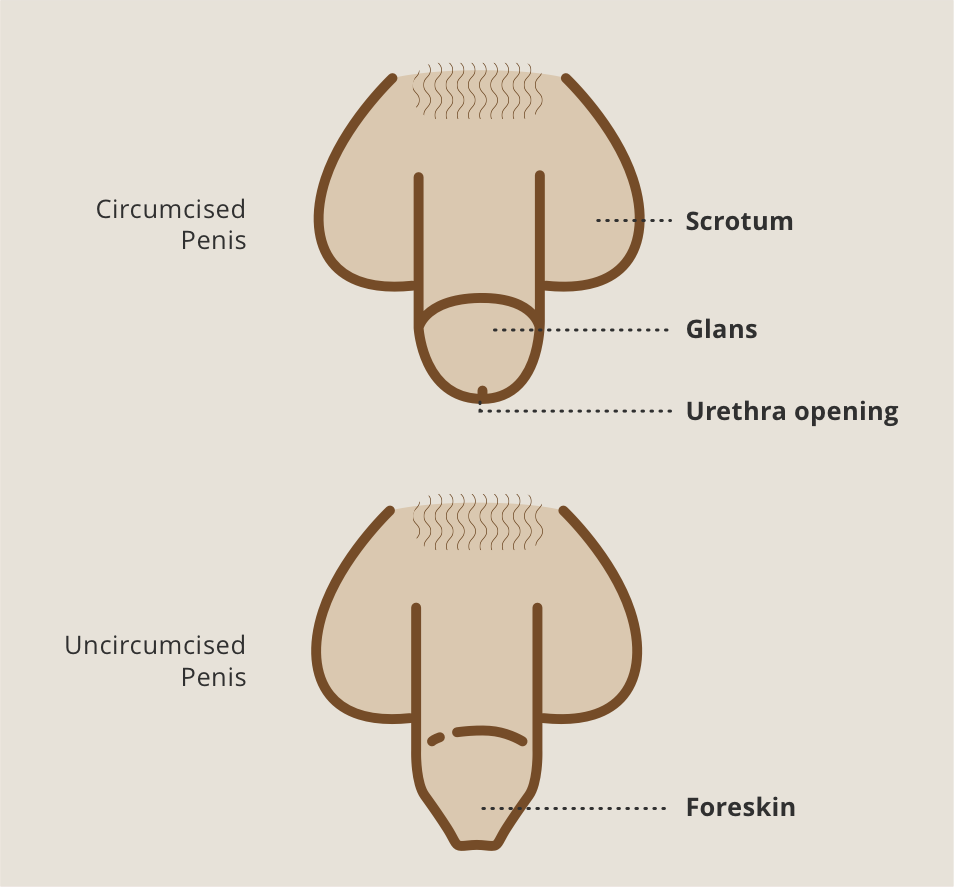
Penis: The penis contains several parts (listed below). In addition to the penis being the location of where urine exits the body, the penis also ejaculates semen (cum) through the urethra, which contains millions of sperm.
Pubic hair: During puberty, you might start growing hair around your penis and anus. It is completely normal to grow pubic hair and the amount of pubic hair someone has is different for everyone. It isn’t necessary to remove pubic hair and it’s important to be careful if you choose to remove pubic hair.
Scrotum: Contains the testicles (testes).
Glans: The tip or head of the penis.
Urethra: Located at the tip of the penis. Where urine (pee) and semen (ejaculate, or “cum”) exit the body.
Foreskin: The layer of skin covering the glans of an uncircumcised penis. If a penis is circumcised, the foreskin skin has been removed.
Anus: The opening through which solid waste (poop) exits the body. (Not pictured)
Everyone’s penis is unique. They may look different from someone else’s, and that’s okay. There is no “right way” it’s supposed to look. If you’re worried, or experiencing any kind of pain, you might want to see a healthcare provider to check it out.
Internal
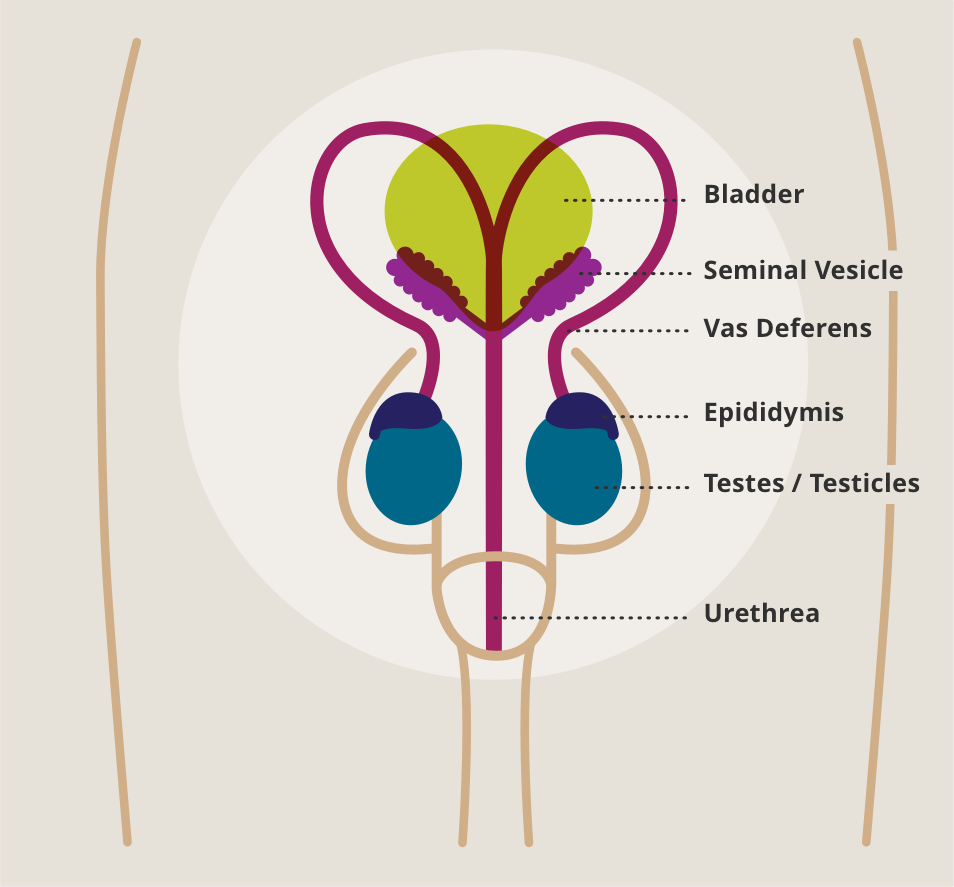
Bladder: Stores urine.
Seminal vesicle: They produce fluid that combines with sperm to become semen (ejaculate, or “cum”), which is ejaculated through the urethra during orgasm.
Vas deferens: A tube that transports mature sperm to the urethra during ejaculation.
Epididymis: Where sperm is stored before it is transported into the vas deferens during ejaculation.
Testes/Testicles: Male sex organs that make sperm and testosterone (a hormone).
Urethra: Located at the tip of the penis. Where urine (pee) and semen (ejaculate, or “cum”) exit the body.
How Pregnancy Happens
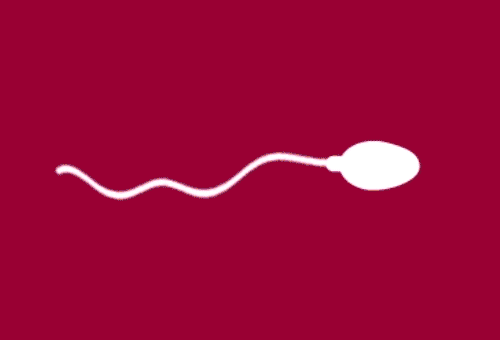
Sperm
The penis ejaculates semen (cum), which contains millions of sperm.
Sperm can live up to 6 days.
There may be sperm in pre-ejaculate (pre-cum).
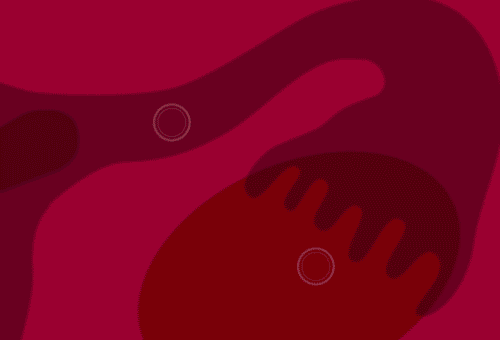
EGG
An egg is released from the ovaries once a month (ovulation).
Time of ovulation can be different for every person.
Most people don’t know when they ovulate.
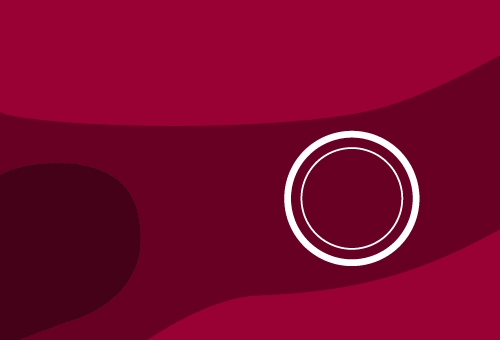
Fertilization
The sperm swims to meet the egg. The sperm enters the egg (fertilization).
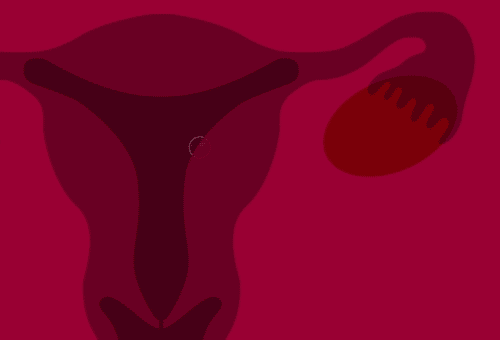
IMPLANTATION
The fertilized egg implants in the wall of the uterus. Once it finds this new home it becomes a pregnancy.
Sex & Reproduction
Sex
Sex means different things to different people. It can be a healthy and natural thing. Sex doesn’t just mean vaginal sex (a penis in a vagina); it can include a range of sexual activity. However, you define sex, it should always be consensual (done with the consent of all persons involved).
Sexual Activity
Sexual activity can include vaginal sex, anal sex, oral sex, and anytime someone’s genitals are in contact with another person’s genitals.
Vaginal Sex: When a penis is inserted into a vagina. This is how pregnancy happens.
Oral Sex: This includes any contact between a person’s mouth and another person’s vulva, penis, or anus.
Anal Sex: When a penis is inserted into someone’s anus.
Masturbation
Masturbation is when someone touches their genitals for pleasure. It is a normal way to learn about your body and explore what feels good to you. Masturbation is very safe. You cannot get pregnant or get an STI through masturbation. It is important to masturbate in private. If masturbation is getting in the way of your daily activities, reach out to your primary care provider. To learn more about masturbation, click here.
Sexual and Reproductive Health
Sexual and reproductive health is health related to your reproductive system and sexual wellbeing.
Everyone’s body can go through many different changes during adolescence, which is usually known as puberty. During puberty, you might notice a lot of changes to your physical body, such as growing hair in different places and part of your body changing in size. Everyone’s experience with puberty is different. If you are experiencing pain in or around your genitals, pain while going to the bathroom, or extreme pain during your period, make sure to contact your Primary Care Physician.
Menstruation
Menstruation, often referred to as a “period,” is the body’s way of getting rid of the buildup of lining in the uterus, which usually happens once a month. It comes out as blood through the vagina and it is called a menstrual period. Menstruation usually starts during puberty for persons who have a vagina. Symptoms may vary from person to person and can happen before, during, or after your period. Talk to a trusted adult, your doctor, or school nurse about ways to help treat your symptoms.
Managing your Period:
- Pads are made of cotton and come in lots of different sizes and shapes. They have sticky strips that attach to underwear.
- A tampon is a cotton plug that a person puts into their vagina. DO NOT leave a tampon in for more than 8 hours because this can increase your risk of a serious infection called toxic shock syndrome. Learn more here.
- Menstrual discs are inserted into the vagina and collect blood. Menstrual discs and cups hold the blood until you empty it into the toilet or in the shower.
- Period underwear is designed to look and feel like regular underwear but is extra absorbent.
- Birth control can have wide ranging impacts on periods. Talk with your healthcare provider to learn more.
Glossary of Terms
Douching
Douching is flushing water or other fluids through the vagina. The vagina is self-cleaning, so there’s no need to douche or wash inside. It can also push bacteria higher in the body and lead to infection. The only cleaning needed is outside, on the vulva and labia.
Ejaculate/semen/cum
Fluid that is ejected from the tip of the penis during ejaculation. It is made up of seminal fluid and sperm.
Ejaculation
The act of semen releasing from tip of the penis.
Fertilization
When a sperm and an egg meet, typically in the fallopian tubes, after ovulation.
Menstruation
The monthly process of flushing out the tissue on the inner walls of the uterus (called endometrium). Often lasts 4–7 days, and can vary by person.
Orgasm
A climax of sexual excitement, with feelings of pleasure that are centered in the genitals.
Ovulation
Ovulation is when an egg (“ovum”) is released from the ovary.
Pap Smear
A cancer screening test when cervical cells are collected. This is also how HPV testing is done.
Pregnancy
Begins when a fertilized egg implants into the wall of the uterus.
Sperm
The male sex cell. There are millions of sperm contained in semen (cum). When a sperm enters a female sex cell (an ovum or egg), fertilization occurs.
Vaginal Discharge
Secretions which can have different textures or colors. How much vaginal discharge a person has can vary, but is often normal. If there is itching, burning or an unusual odor (like dark yellow or green), visit a health care provider to check things out.
